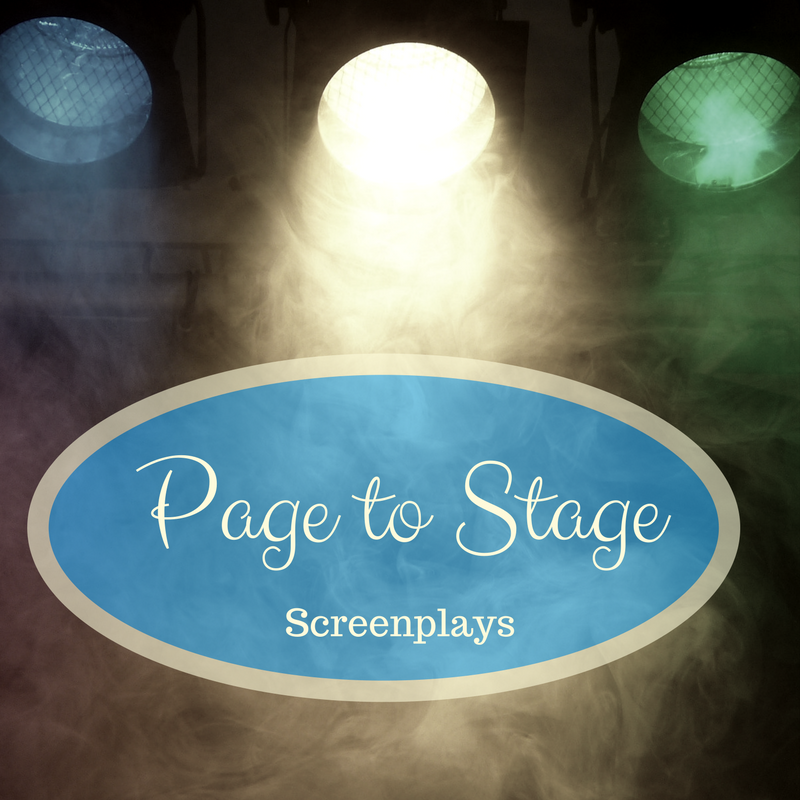One of the best and most common pieces of writing advice screenwriters get is to always use visual storytelling. One of the easiest ways for me to illustrate my narrative’s theme is to look at it and express it visually.
- What does my character’s world look like?
- What time of year is my story set?
- What is the culture like in my character’s world?
- How does my character’s personality clash or reflect their surroundings?
Movies are an art form that can appeal to human sensory receptors. Our emphasis should always be on showing an entertaining story rather than telling one.
Ideally, all writers need to show more than tell; nothing bores an audience more than endless words and unnecessary exposition. This is why we need visual storytelling in our narratives.
Visual storytelling!
What has always drawn me to screenwriting is my tendency to visualize stories in my head. Even when I go to the movies or watch a movie at home, in the back of my head I am breaking down each scene into its literal components.
I find myself wondering how the writer imagined it originally. Because often what we see on the screen isn’t what the screenwriter originally wrote. It can be kind of fun trying to re-create scenes in our own heads because at its core screenwriting is simply visual storytelling.
Screenwriting coach and mentor Scott Myers advises aspiring screenwriters to read scripts of produced movies and then compare what is written to what they see in the movie. Not only is this free training in screenwriting, but it also shows aspiring writers how to visualize what is actually written on the page. The best writers master the art of visual storytelling. Below are a few benefits of the practice:
- Writers get more bang for the buck. Visuals make more impact with fewer words.
- Too much dialogue or exposition can slow a story down and bore the audience.
- Visuals are more entertaining than dialogue. They allow for subtext and a deeper story.
- Visual storytelling is easier to remember. 90% of the information our brain takes in is visual.
Visual storytelling allows writers to entertain the mind’s eye. Movies are all about stirring our audiences’ imagination and allow us to engulf our audience into our make-believe world.
A majority of moviegoers attend movies to escape from reality, perhaps this is why many of us long for a movie night during this extended pandemic. The best writers allow the audience to feel through what they see, hear and sense on screen.
Show Versus Tell!
Regardless of what you write, most writers know the golden rule of show versus tell. Exposition (telling) can make or break a story. When writers lack the creativity to show, they bog the audience down in dialogue and exposition.
Visual storytelling always enhances an audiences’ movie-going experience. How many times have you seen a beautifully shot movie and been transported into the make-believe world? Below are a few movies that always help me escape through stunning visuals:
The best writers are artists who use visuals to tell stories. Recently my favorite artist used visual storytelling to add depth to his latest song. If you watch the video, what you see will help you connect the dots—that is visual storytelling!

Martin Johnson survived a severe car accident with a (T.B.I.) Traumatic brain injury which left him legally blind and partially paralyzed on the left side. He is an award-winning Christian screenwriter who has recently finished his first Christian nonfiction book. Martin has spent the last nine years volunteering as an ambassador and promoter for Promise Keepers ministries. While speaking to local men’s ministries he shares his testimony. He explains The Jesus Paradigm and how following Jesus changes what matters most in our lives. Martin lives in a Georgia and connects with readers at Spiritual Perspectives of Da Single Guy and on Twitter at mtjohnson51.


 We love helping your growing in your writing career.
We love helping your growing in your writing career.

No Comments